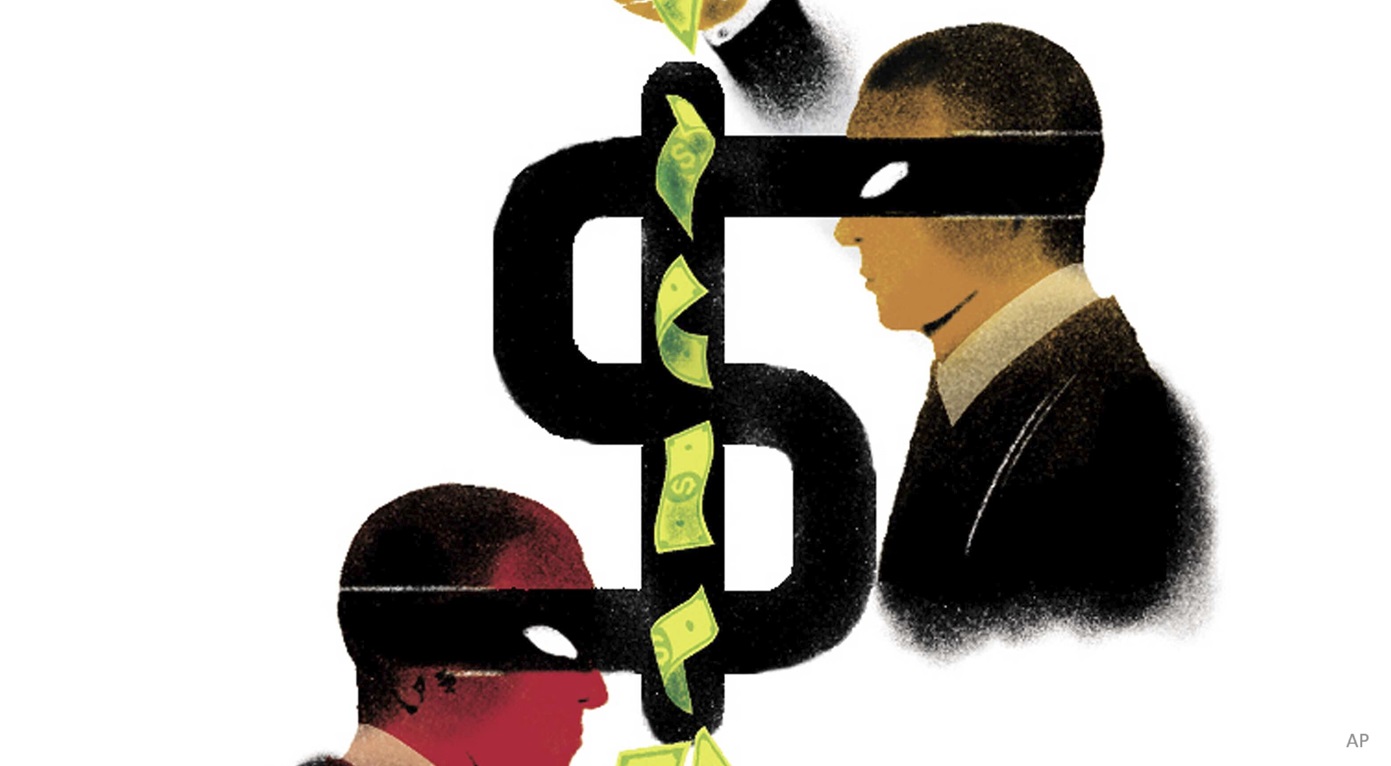Tax cuts for middle-income earners, tax hikes for the wealthiest individuals and a contribution cutback for tax-free savings accounts are among the changes affecting Canadian households that the incoming Liberal government plans to implement.
Prime-minister designate Justin Trudeau's decisive majority win on Oct. 19 -- capturing 184 out of the 338 seats in the House of Commons -- paves the way for the party he leads to implement its four-year platform without having to secure support from opposition parties. (Stephen Harper's defeated Conservative government was left with 99 seats, the now third-party NDP 44, the separatist Bloc Quebecois 10 and the Green Party one.)
Currently there are four federal income-tax brackets with progressively higher rates: 15%, 22%, 26% and 29%. One of Trudeau's key promises is to cut the rate in the second lowest tax bracket to 20.5%. (In 2015, this tax bracket applies to the portion of taxable income that's more than $44,701 and up to $89,401.)
According to the Liberal platform, its "middle class tax cut" will be worth up to $670 per person per year and is estimated to reduce tax revenue by $2.9 billion a year, starting in the 2016-17 fiscal year.
The revenue losses from this tax relief will be offset almost entirely by the introduction of a fifth tax bracket of 33%. This will affect individuals earning more than $200,000 a year, and is forecast by the Liberals to raise $2.8 billion in new revenue in 2016-17.
The lowest bracket (applying in 2015 to the first $44,701 of taxable income) will remain at 15%. Nor do the Liberals contemplate changes in the 26% bracket (taxable income of more than $89,401 and up to $138,586 as of 2015). But the current top federal income-tax rate of 29%, now levied on taxable income exceeding $138,356, would apply only up to $200,000 once the new 33% bracket is implemented.
TFSA annual-limit rollback
The Conservative government's large increase in contribution room for TFSAs -- to $10,000 effective this year as announced in the April federal budget -- is destined to be short-lived. The Liberals plan to roll back the annual limit in 2016 to its previous level of $5,500. The party platform estimates that this will produce additional revenue of $160 million in 2016-17, rising to $360 million by 2019-20.
Family income-splitting cancellation
The Liberal party has pledged to eliminate the Harper government's tax break that enables families with one parent earning much more than the other to benefit from income-splitting. Under this program, two-parent families with at least one child under the age of majority are eligible for tax credits of up to $2,000. The Liberals estimate the government will save $2 billion a year by cancelling the program, which it says benefits mainly wealthy families. The current pension-splitting provisions for senior couples will not be affected.
Child benefits linked to income
The Liberal platform calls for cancellation of the Universal Child Care Benefit, which starting this year paid parents $160 a month for each child under age six, and $60 a month for each child from the ages of seven to 17. This is to be replaced by the Liberals' tax-free Canada Child Benefit, which will pay higher benefits to most families but nothing to the wealthiest households. The cost of the new benefit will be an estimated $21.7 billion in 2016-17. The Liberals say this represents net new spending of $1.8 billion after savings incurred by cancelling the Conservative government's Universal Child Care Benefit, the Canada Child Tax Benefit, the National Child Benefit Supplement and family income-splitting.
Education and textbook credits
For students enrolled in post-secondary education, the Liberals plan to eliminate the education tax credit and the textbook credit, for a saving to the federal treasury of an estimated $725 million in 2016. Instead, the new government plans to increase non-repayable grants made directly to students and provide more flexible repayment terms for student loans. The maximum grant for low-income students is to be raised to $3,000 a year for full-time students, up from $2,000 currently. Graduates with student loans will not be required to make any repayments until they're earning at least $25,000 a year, the party platform says. The current tuition tax credit will be retained.
OAS eligibility age
The Liberals pledge to restore the future eligibility age for Old Age Security (OAS) and the Guaranteed Income Supplement (GIS) to 65, scrapping plans by the Conservative government to gradually raise the eligibility age to 67. The higher OAS eligibility age was to have been phased in starting in 2023 and fully implemented by 2029, affecting individuals born after March 1958.
Separately, for low-income seniors who live alone, the Liberals pledge a 10% increase in the GIS. This will increase incomes of these seniors, mostly widows, by nearly $1,000 a year, the party platform says. The estimated cost of this measure is $720 million in 2016-17.






:quality(80)/cloudfront-us-east-1.images.arcpublishing.com/morningstar/Q3KIND5VXRCNHHH6JQHCCYBSSA.png)








